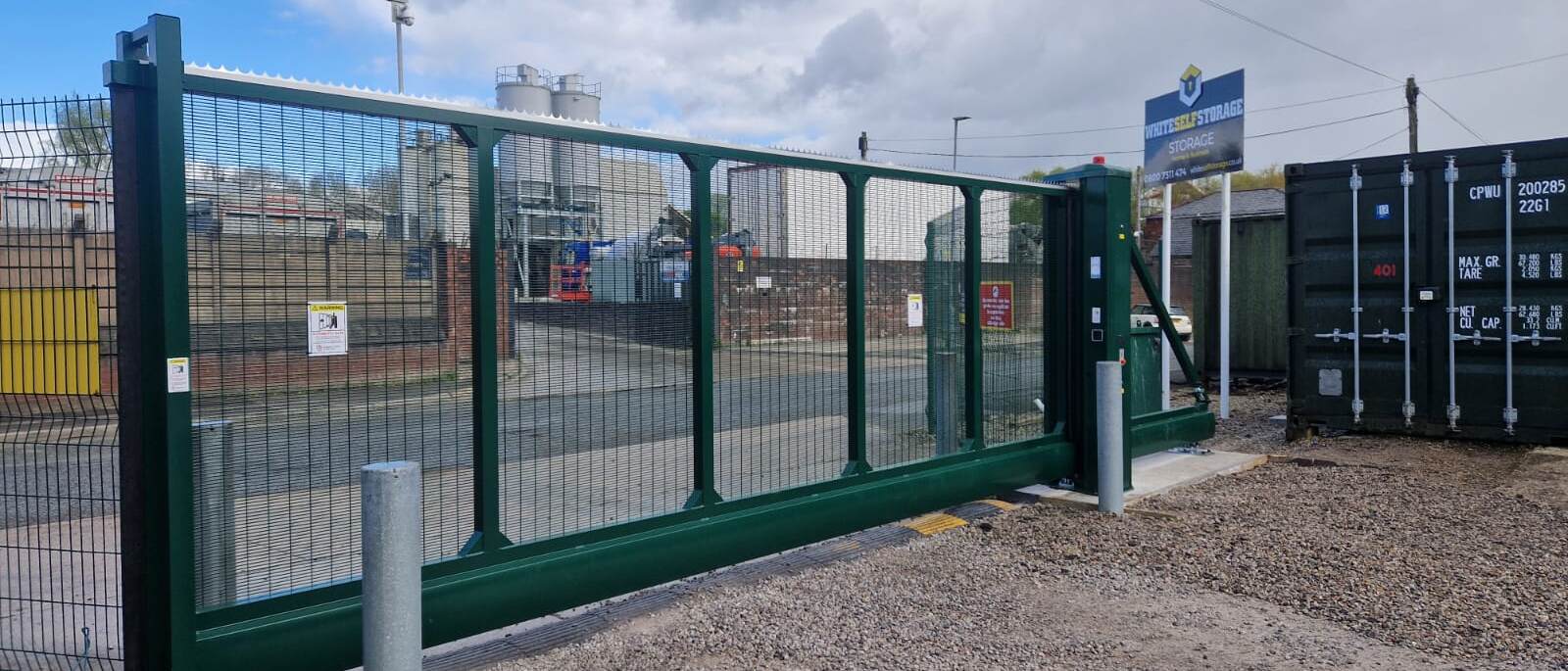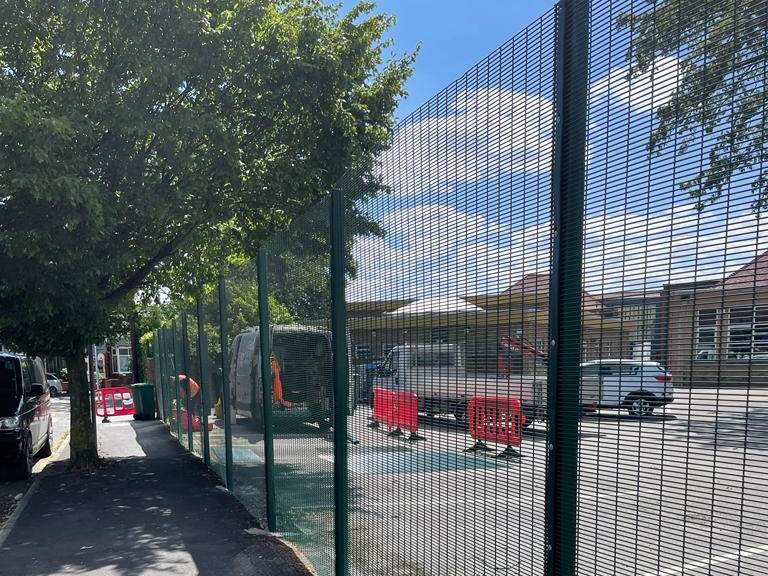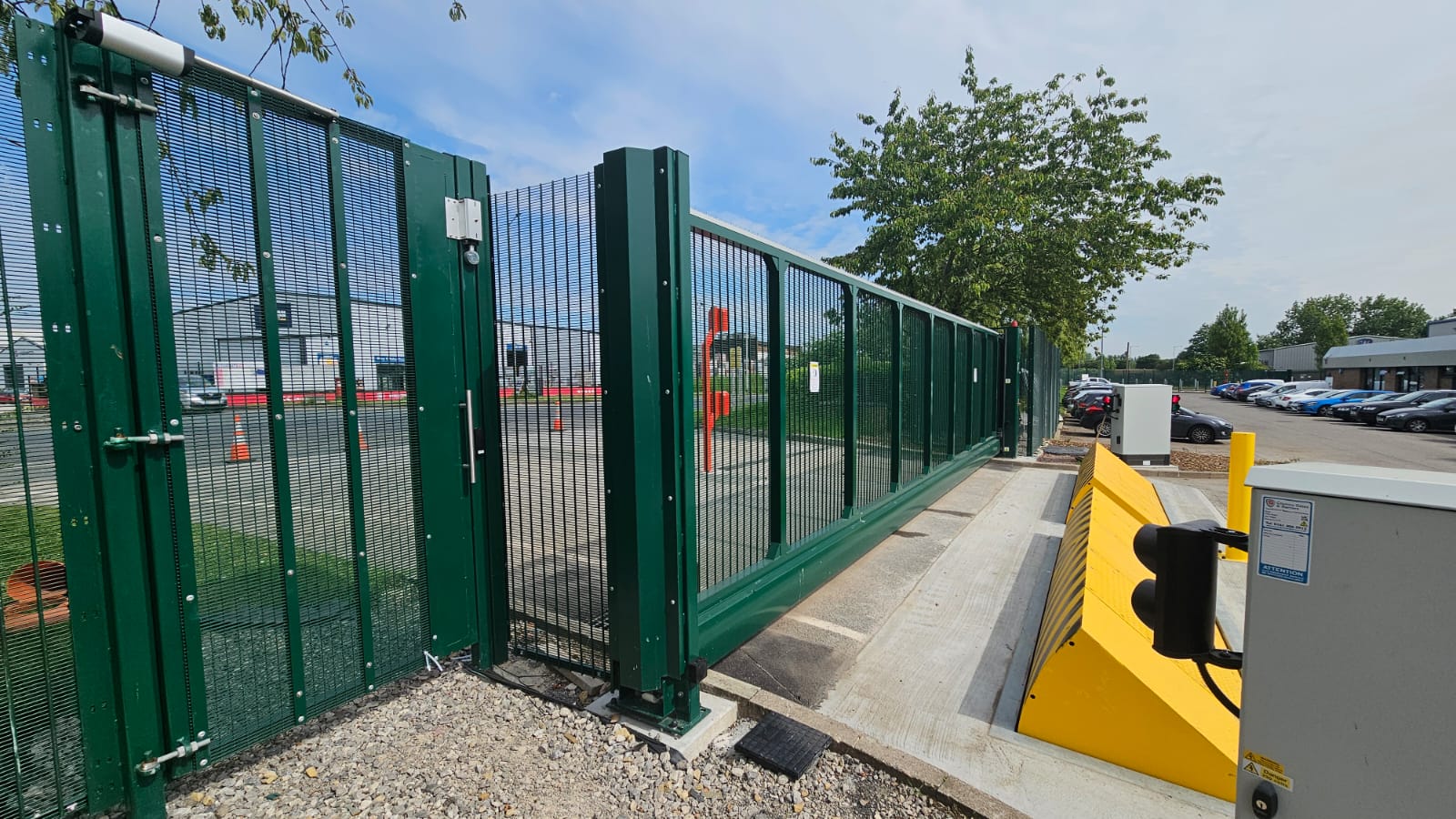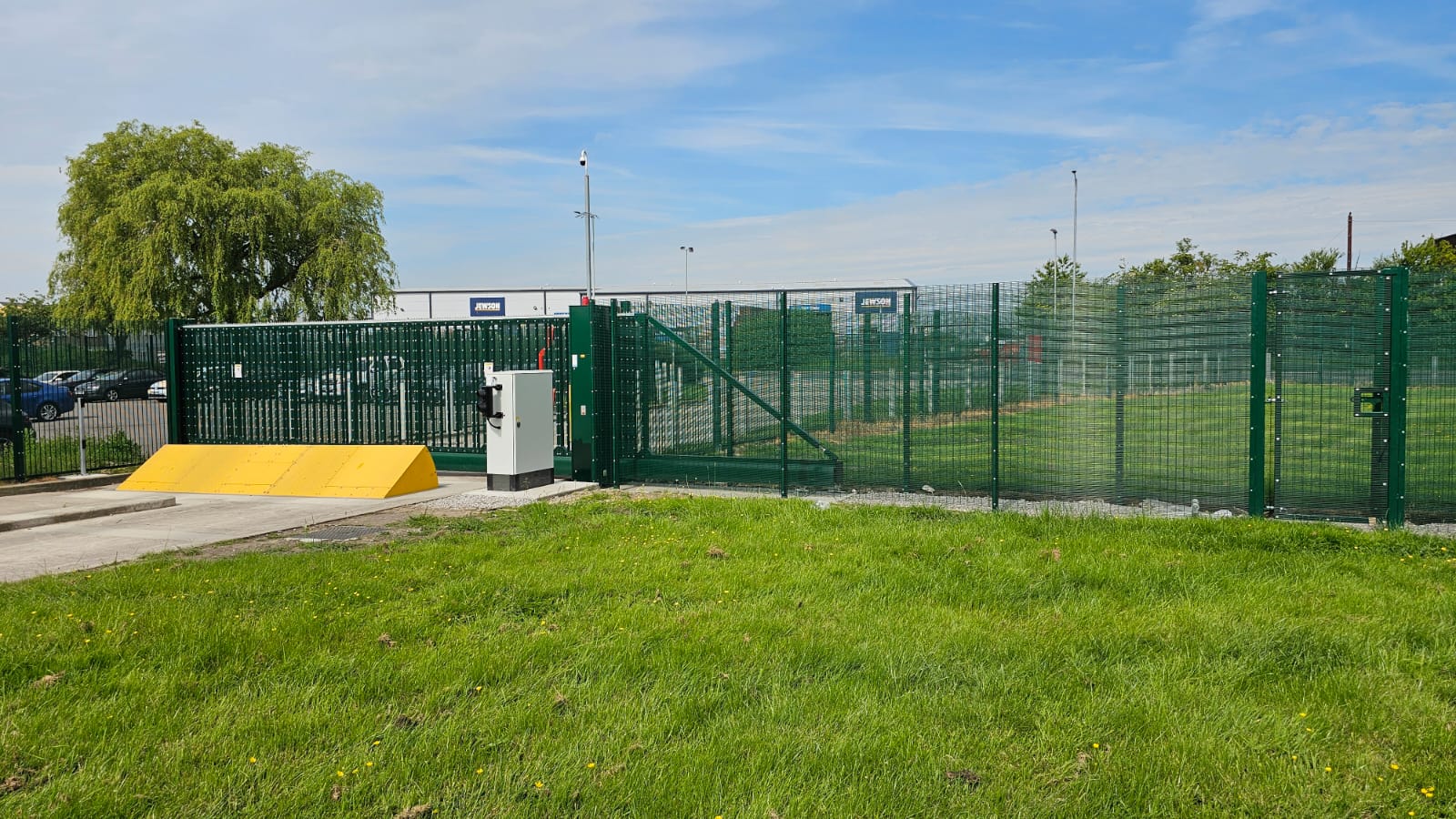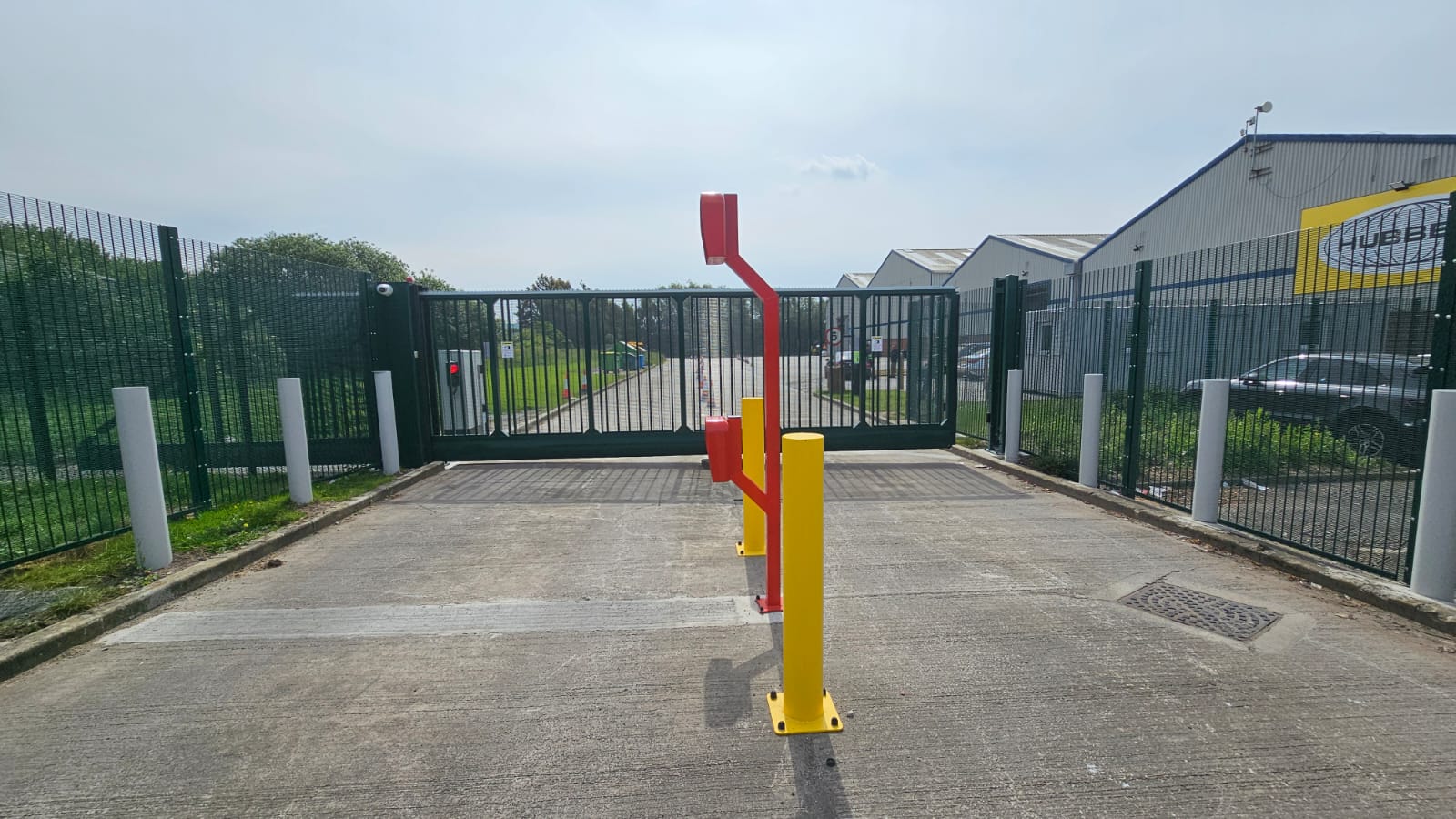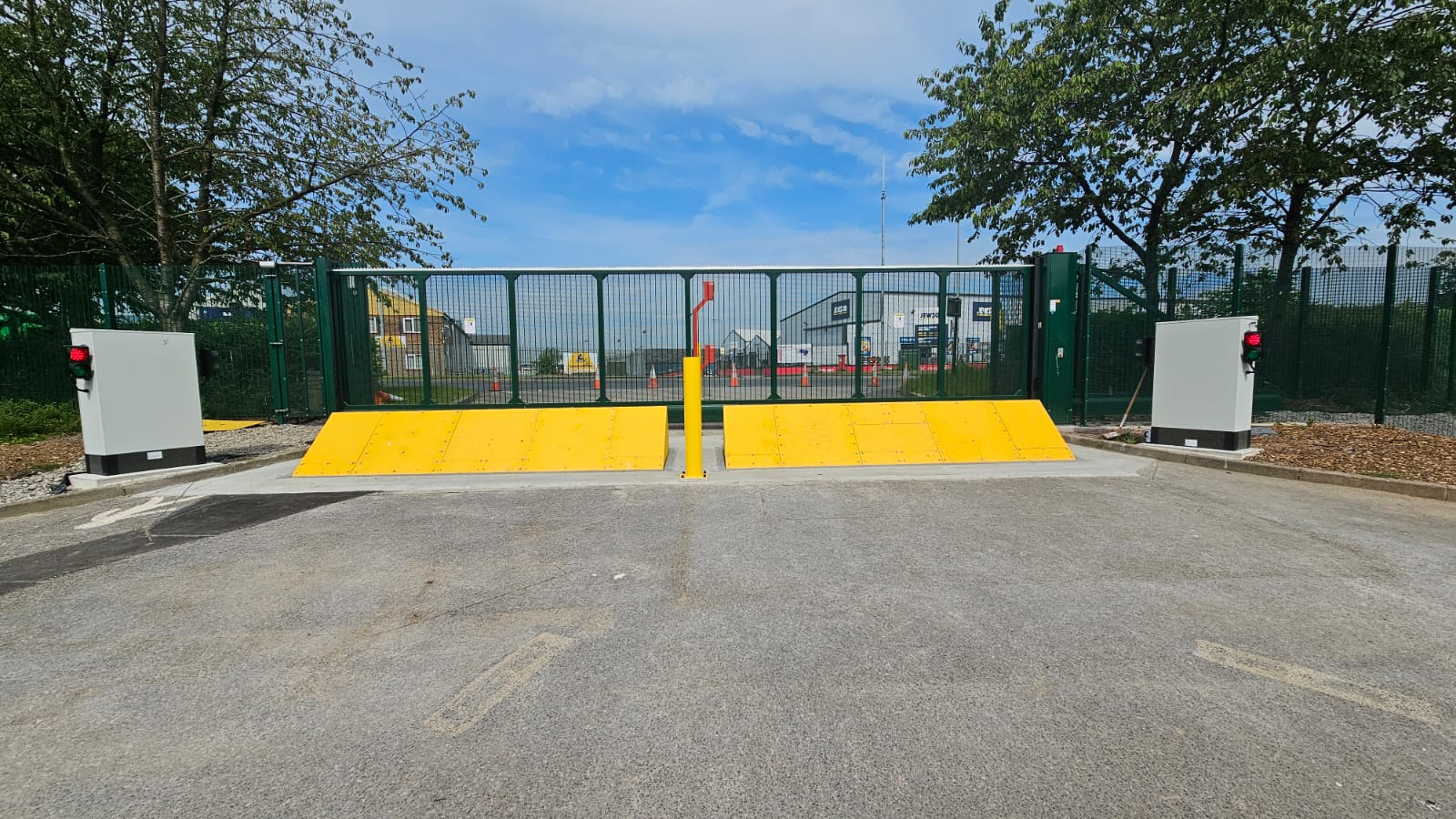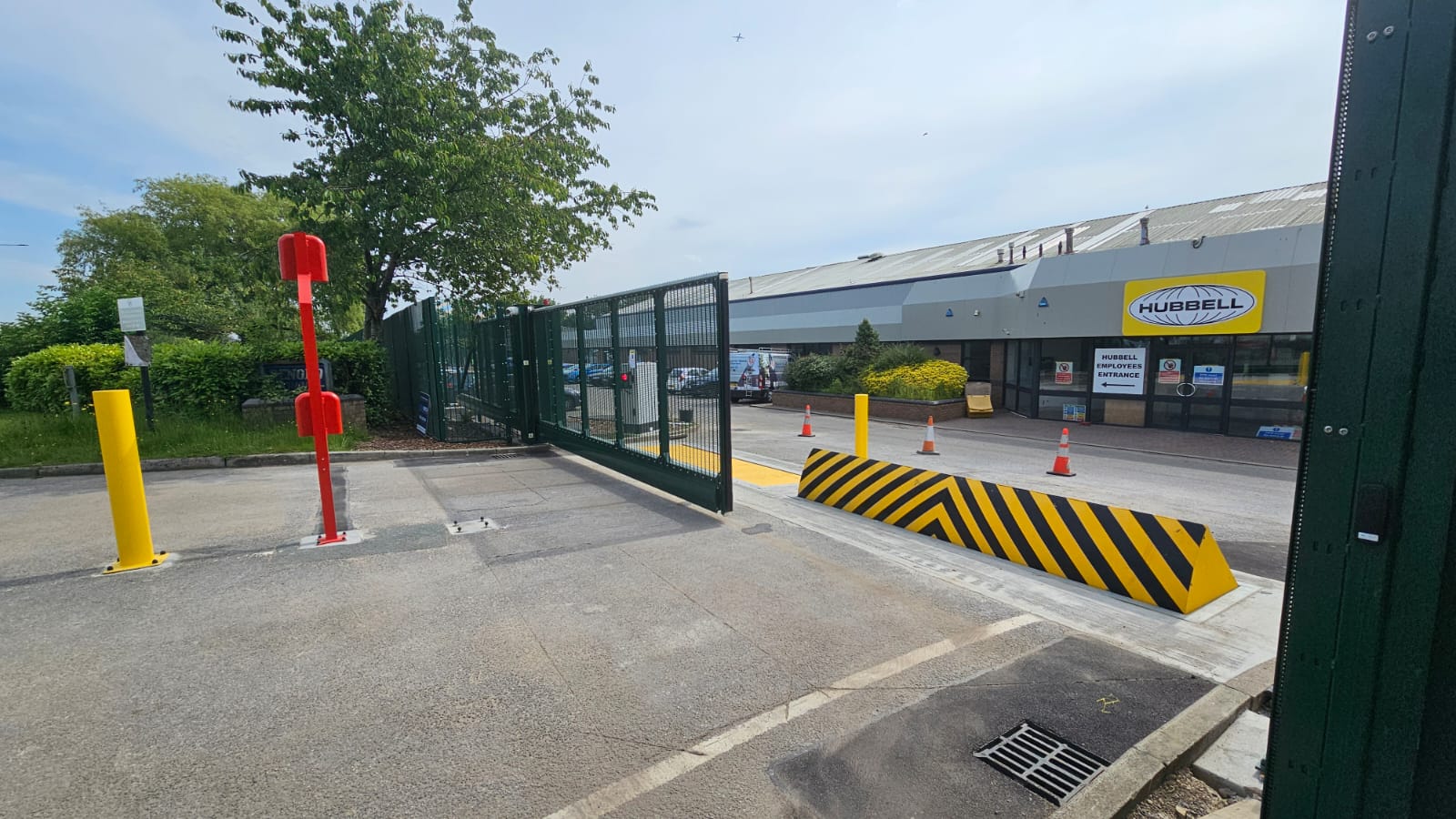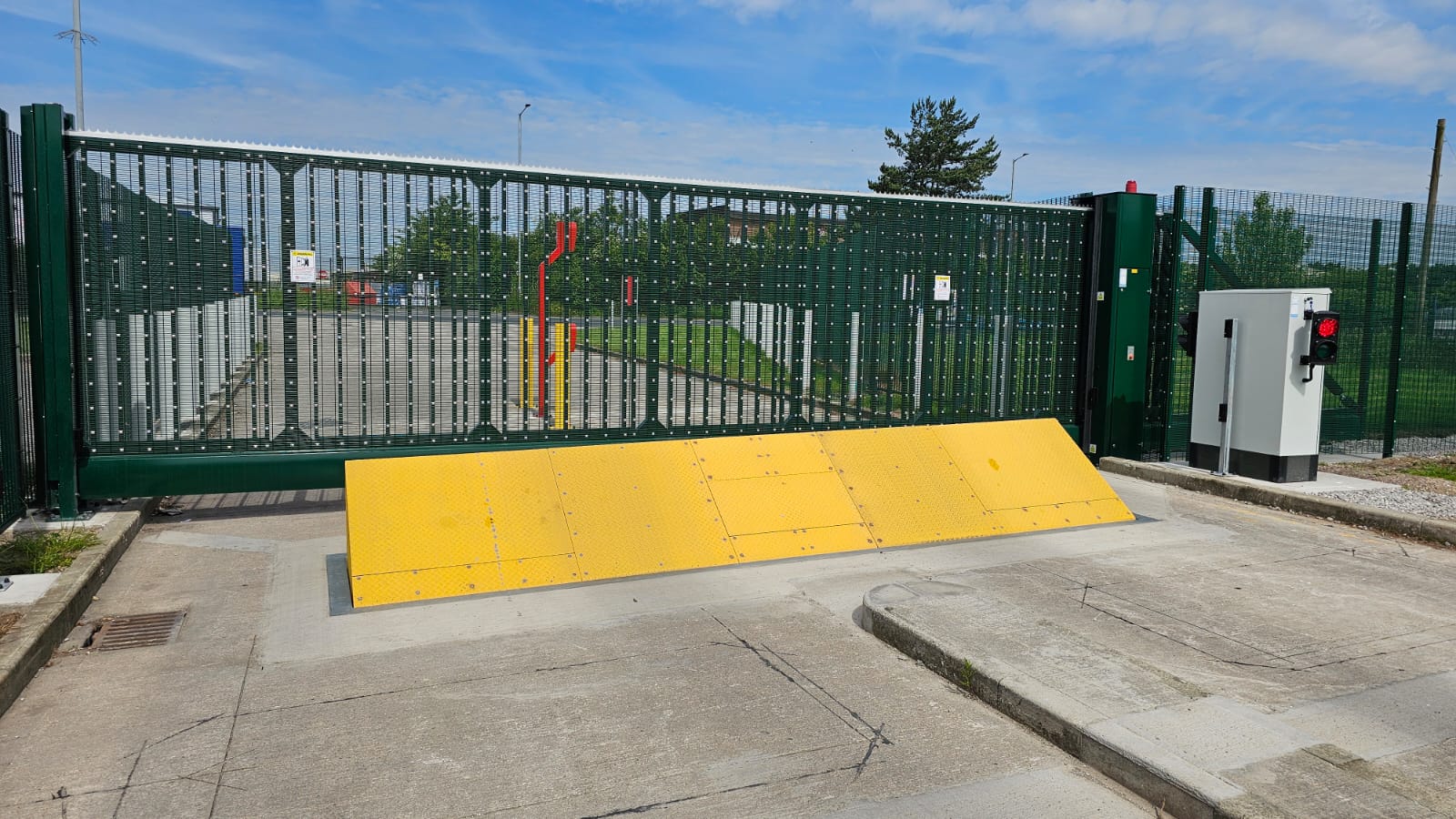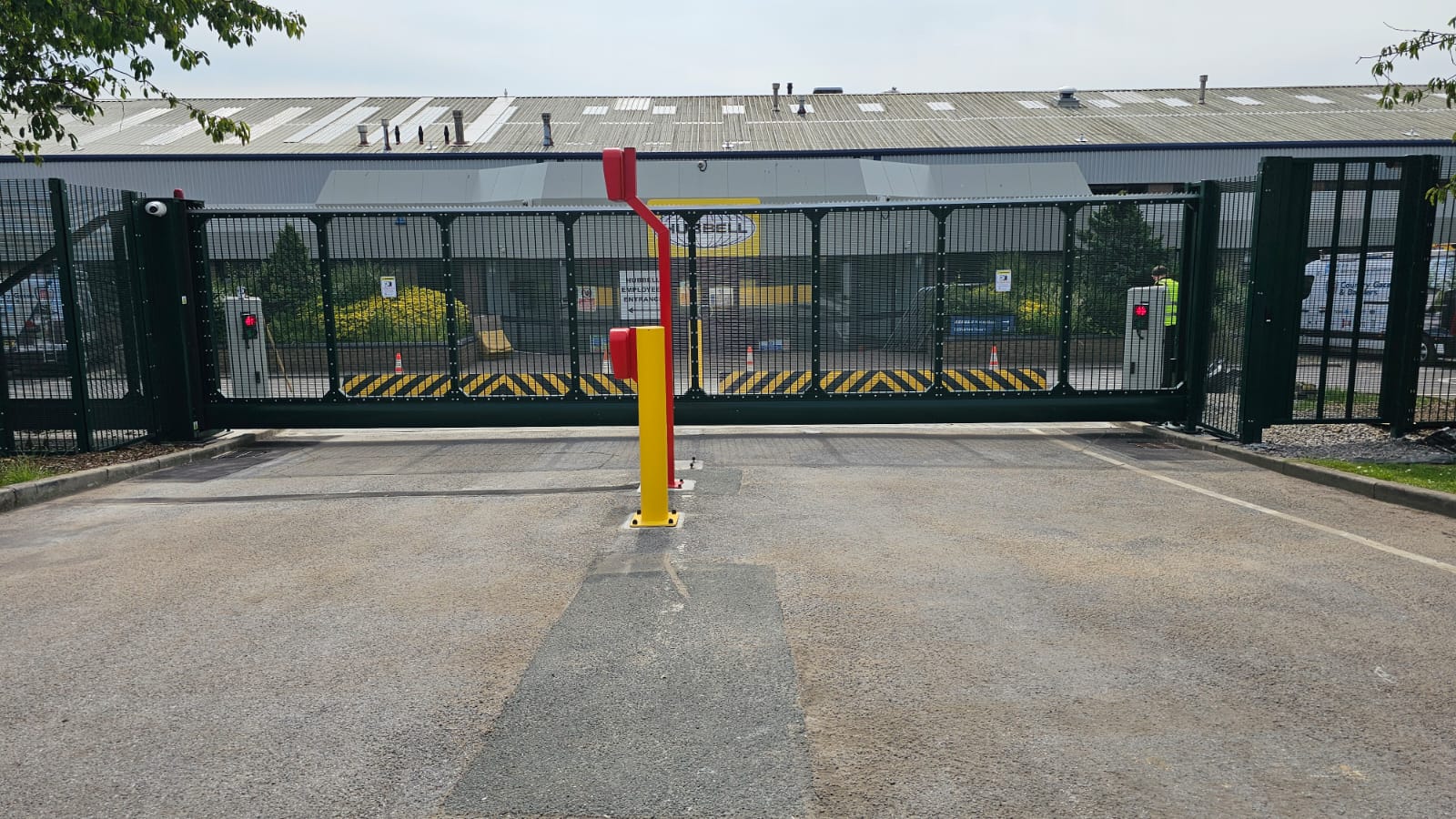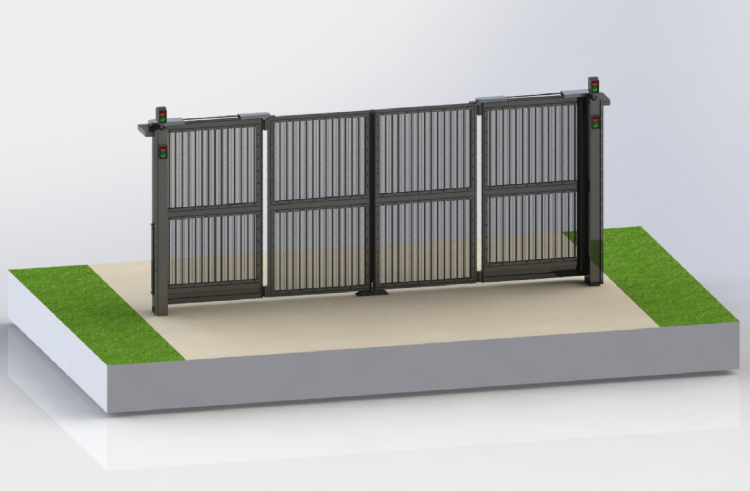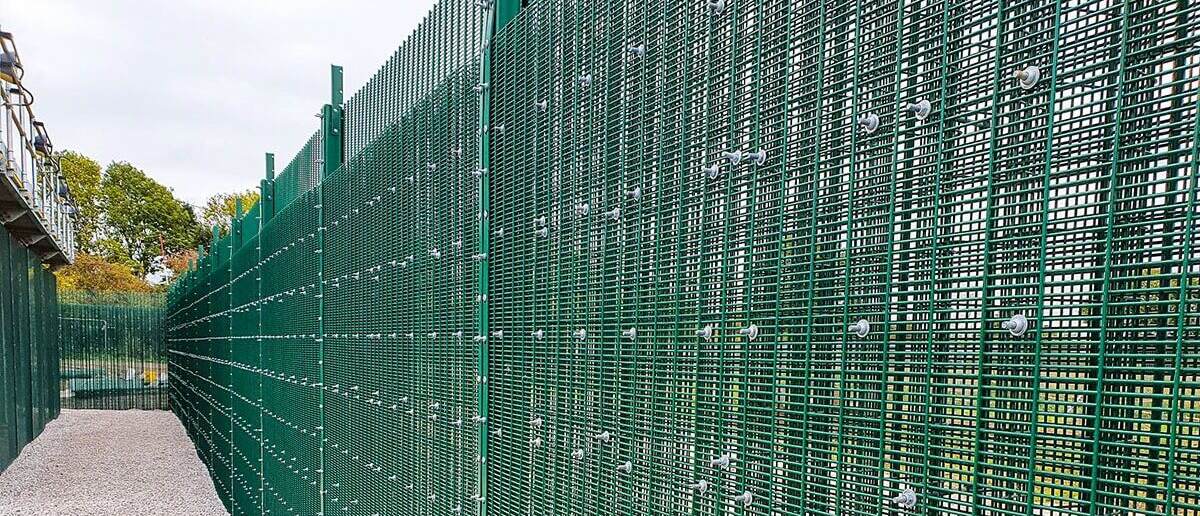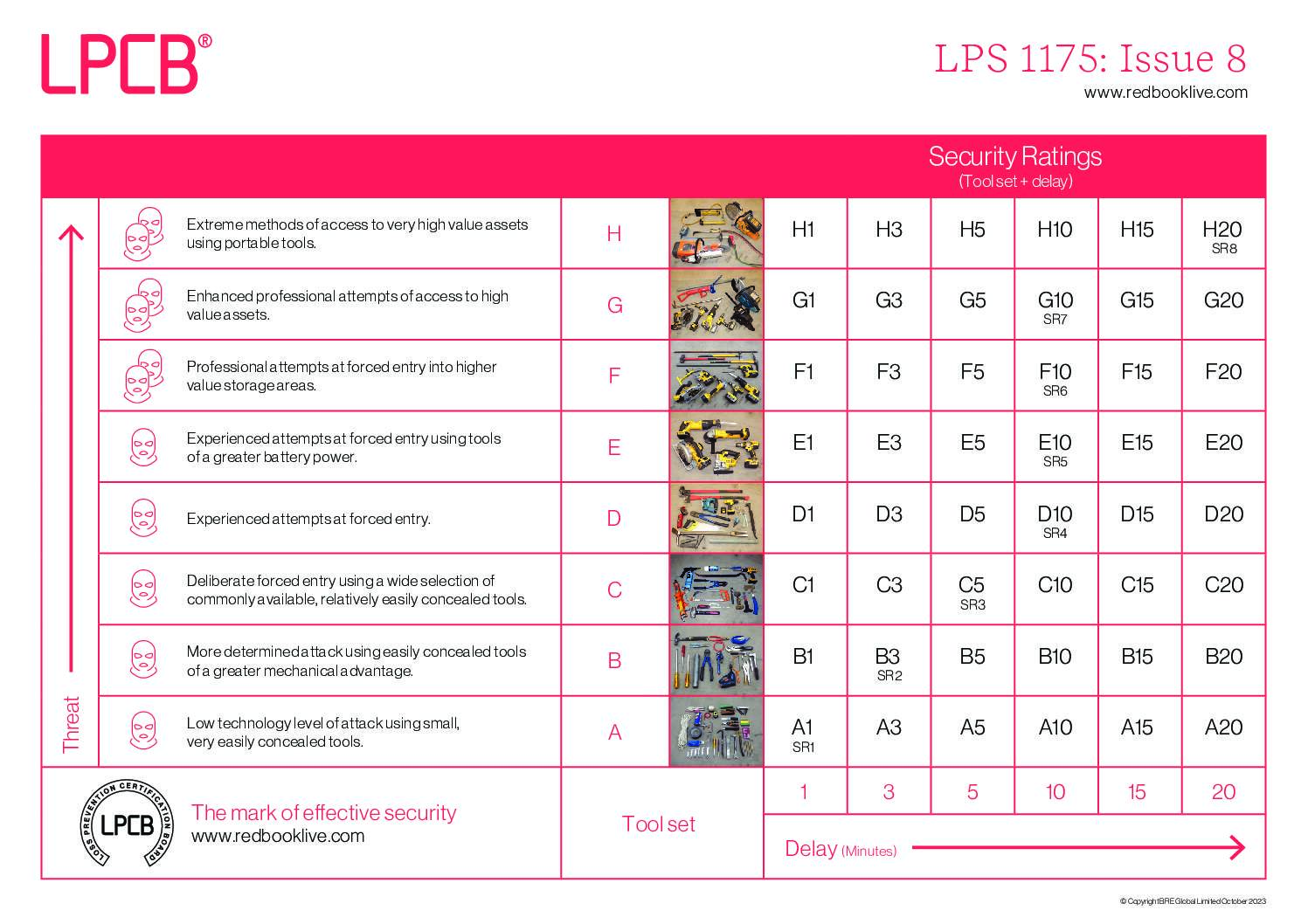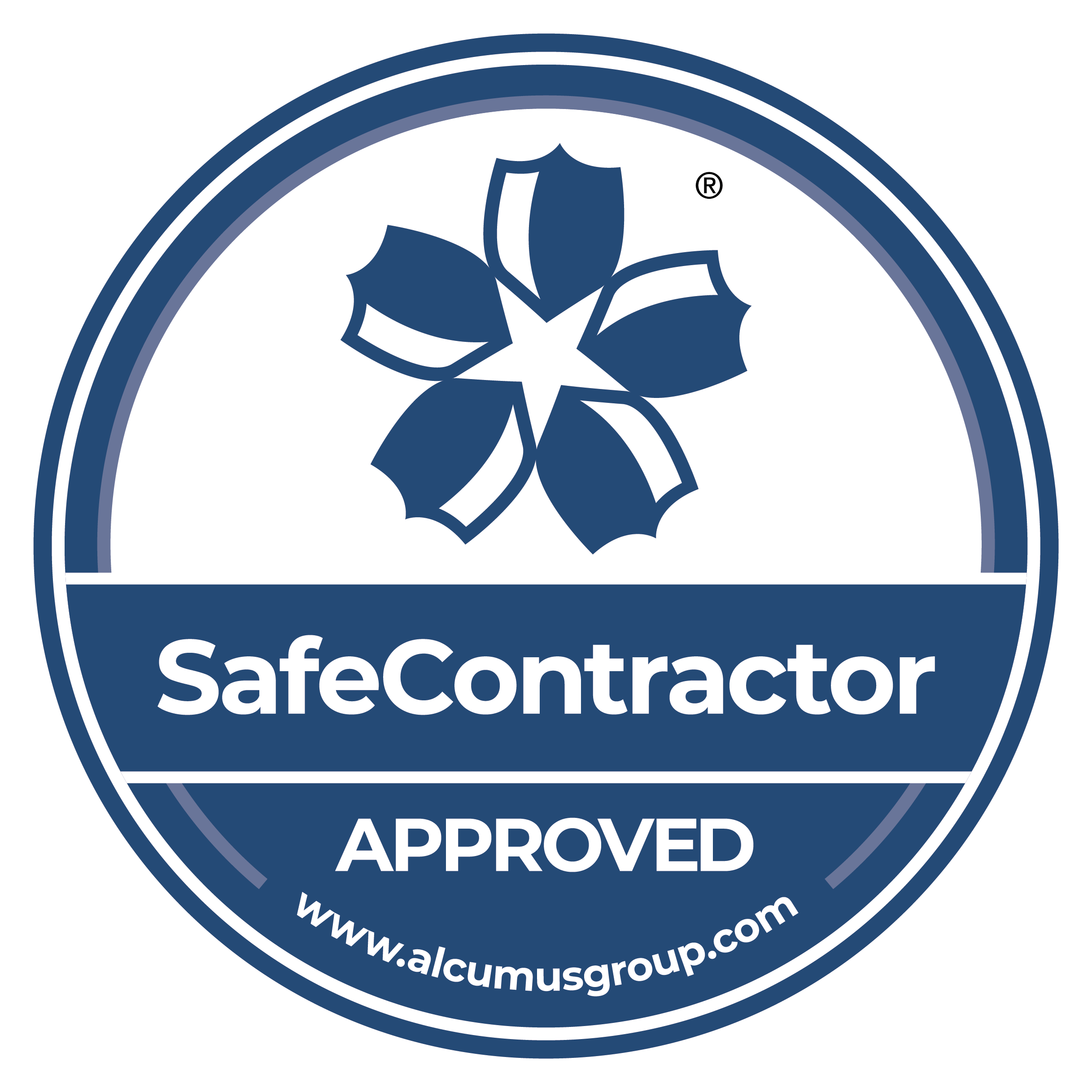SR1 / A1 – Low Domestic and Commercial Risk
SR1 / A1 – 1-minute Delay with a low technology tool set using small, very easily concealed tools.
The tools of this category are selected in order to simulate an opportunist attack by bodily physical force and using easily concealed tools.
Tools Used: Adhesive tape (reel) 75 mm wide 1, Cable cutter 200 mm long , Cargo strap (selection) 25 mm wide strap with cam buckle , Electric cable (Single core) 1.2 mm diameter wire, Engineers hooks (selection), Firefighter’s key, Fishing line (e.g. polypropylene multi fibre), Fishing hooks (selection), Flexible plastic coupon, Glass cutter, Hexagon wrenches (selection) 200 mm long, Knife 125 mm long x 3 mm thick blade, Lever (including nail pullers, prybars and utility bars) 300 mm long / 0.7 kg, Pliers (selection, including self-gripping and cutting)200 mm long, Punches (selection, including flat and pointed tipped) 200 mm long, Rope (selection, non-metallic) 20 mm diameter.
SR1 / A1 Gallery
Low Domestic and Commercial Risk Sites
For sites with a low domestic and commercial risk we would recommend SR1, this ensures a deterrent for intruders wanting to gain easy access to the site. If there is currently no gates or bollards on site and unwanted visitors are a problem, then SR1 can provide a secure site on a day to day basis.
SR2 – B3 – Medium Domestic and Low Commercial Risk
SR2 / B3 – Medium Domestic and Low Commercial Risk
3 minute Delay with a tool category for a more determined opportunist attack. Tested with tools with a higher mechanical advantage and requiring more physical force.
Tools Used: Battery 3.6 V, Bolt cutter 350 mm long, Claw hammer 350 mm long / 1 kg, Drill bit (HSS / HSCO / Masonry) 6 mm diameter jobber, Drill/driver 3.6 V (complete with drill bit adaptor), Electric cable (Single core) 2.1 mm diameter wire / 1 m long, Junior hacksaw, Junior hacksaw blades (HSS), Metal plate shears 200 mm long, Multiple slip joint pliers 250 mm long, Pipe wrench 250 mm long, Pliers (selection, including self-gripping), 250 mm long, Ratchet strap (selection) 25 mm wide strap with 200 mm long, Ratchet mechanism, Screwdriver 7 mm diameter/square x 250 mm long, Screwdriver 14 mm diameter/square x 400 mm long, Socket set (selection) 250 mm long ratchet arm.
SR2 / B3 Gallery
Medium Domestic and Low Commercial Risk
SR2 will provide an enhanced level of security over SR1 and is rated under the new rating of B3. This means it is rated for 3 minutes using conventional power tools. In conjunction with HVM and PAS rated products the likelihood of a intruder or unwanted visitor is greatly reduced. With added security features onsite, the security team can be informed of a potential break in within this 3 minute window.
SR3 / C5 – Sites with a raised risk of a deliberate and persistent forced entry
SR3 / C5 – Deliberate Forced Entry using a wide selection of tools
5-minute Delay with a deliberate forced entry of well-protected premises using bodily physical force and a wide selection of attack options.
Tools Used: Axe 350 mm long / 1.5 kg, Battery 12 V, Bolt cutter 400 mm long, Brick bolster 250 mm long x 75 mm wide blade, Cold chisel 250 mm long x 28 mm wide blade, Crowbar 700 mm long / 2.5 kg, Drill 12 V, Drill bit (HSS / HSCO / Masonry) 10 mm diameter jobber, Fluorocarbon based freeze spray 400 ml, Gas torch (Butane / Propane) 175 g, Hacksaw Hacksaw blades (HSS / bimetal), Hammer (3lb / 1.36 kg nominal head weight) 300 mm long / 1.8 kg Pad saw, Pad saw blades (HSS / bimetal), Scissor jack 1500 kg capacity, 100 mm minimum, retracted, 200 mm stroke, Wood chisel 250 mm long x 25 mm wide blade.
SR3 / C5 Gallery
Sites with a raised risk of a deliberate and persistent forced entry
SR3 is the highest current standard in the UK for a high security site, it is also rated as C5 (C being the tool grade and 5 indicating the minutes) using more substantial power tools and a gained entry time at a minimum of 5 minutes. This provides ample time for the other security measures in place to alert the site owners.
Who issues these ratings?
LPCB – Visit Website
LPCB is a division of the UK’s Building Research Establishment (BRE), a non-profit organisation with more than a century of expertise in research and innovation. BRE is dedicated to addressing challenges such as climate change and ensuring the safety and security of the built environment.
Manufacturers, specifiers, and end-users can show due diligence by obtaining LPCB third-party certification. This certification verifies that a product meets the specified standards, helping to minimise fire safety and security risks.


